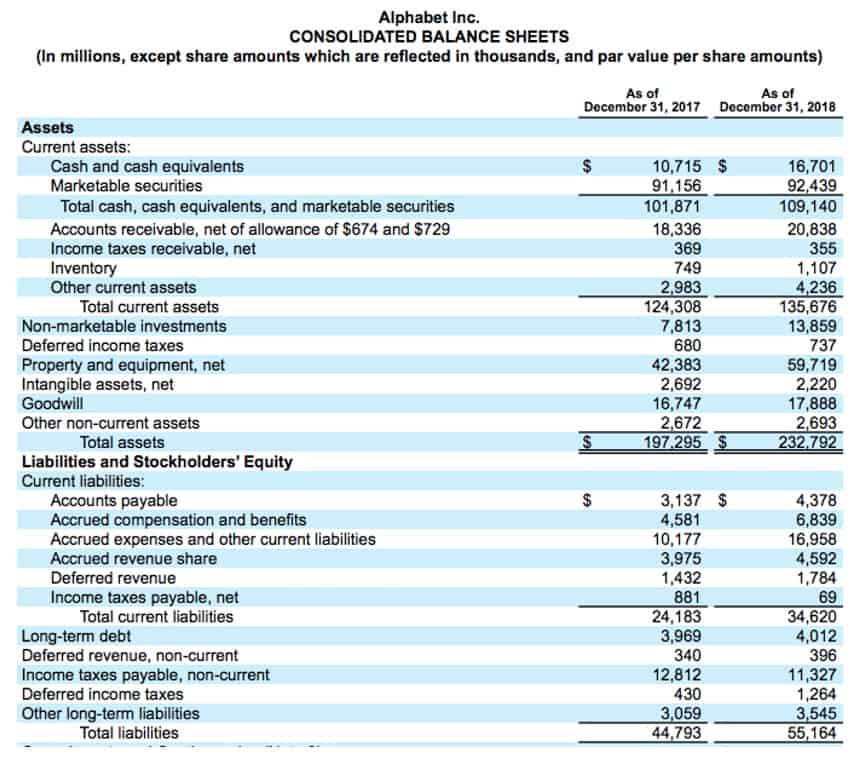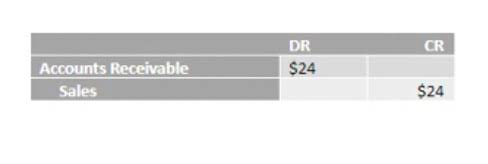
Learn about our legal billing software to increase law firm efficiency. These simple modifications to your accounting records are quick and easy, and they will give you a great deal of clarity, especially about the expenses your firm is incurring. While this primarily applies to new law firms, ensuring that the basics are determined and set up correctly is critical. It’s also important to keep accurate records and track funds in general retainers. Unearned fees (like general retainers) should be kept in a unearned revenue separate account so that they are not used in error.
ABOUT CPA PRACTICE ADVISOR
- A well-crafted Chart of Accounts is also indispensable for effective law firm accounting software.
- While the chart of accounts is customized to your law firm’s size, jurisdiction, and practice area, it typically includes five core categories in addition to numerous subcategories.
- In the context of law firms, the chart of accounts plays a vital role in ensuring precise financial reporting, meeting regulatory requirements, and facilitating strategic decision-making.
- Unfortunately, the easy way isn’t always the first way that comes to mind.
- Your firm’s chart of accounts will have several sub-accounts under each of the top-level groups, often with their own sub-accounts.
Annette Fadness is the president of JurisBookkeeping, Inc., a boutique bookkeeping firm providing accounting support to small and solo law firms nationwide. A former law firm administrator and legal assistant, Annette spent 11 years with the Century City firm Greenberg, Glusker, Fields and Mactinger before earning her MBA at UCLA’s Anderson School. Annette is a certified QuickBooks ProAdvisor and a Clio Certified Consultant.

Establishing a General Ledger

If your firm pays that bill with a credit card instead, the transaction would involve a credit to the credit https://www.bookstime.com/ card account on the liability side, plus a debit to utility expense. In the dynamic legal landscape, law firms must adapt to changes in regulations, client needs, and industry trends. Regularly reviewing and updating the Chart of Accounts is crucial for alignment with evolving financial requirements. Law firm assets represent a tangible or intangible item of value that your business owns and receives some form of economic benefit. For example, if you are a personal injury lawyer, your firm’s operating account is something your firm owns (the account itself) and receives economic benefit from (cash). The benefit can be immediate (in the form of straight cash) or potentially built over time (like your firm’s operating account).

QuickBooks Online: For streamlined legal accounting
- A well-organized Chart of Accounts is a vital tool for effective financial management in law firms.
- A well-structured chart of accounts is the backbone of efficient financial management and reporting within a law firm.
- And you can answer them easily, with one quick look at the financial statement.
- The legal profession is one of those; in fact, creating and maintaining the chart of accounts for law firms aren’t just suggestions; they are requirements.
- For most law firms, this means having at least three bank business bank accounts—including a chequing account, a savings account, and a separate IOLTA or trust account.
If you’re seeking a unified solution for case management and legal accounting, Clio could be the perfect fit. Interestingly, tax deductions can ease the burden when used correctly—yet not all lawyers are up-to-date on their tax deductions. Many lawyers go to one or the other extreme—they either claim everything (and possibly more than they’re allowed to), or they’re so afraid to overstep they miss out on tax deductions.
Accurate Financial Reporting

With a comprehensive chart of accounts, law firms gain valuable insights into their financial health. This allows them to make informed decisions, monitor profitability, and evaluate the success of different practice areas or client engagements. Final NotesYour law firm’s chart law firm chart of accounts of accounts must support accurate and compliant transaction reporting.
- For example, your asset account might contain sub-accounts for your operating bank account, accounts receivable, and advanced client costs.
- For example, assets include cash, accounts receivable, and property, while liabilities encompass loans, accounts payable, and accrued expenses.
- Legal bookkeepers and legal accountants work with your firm’s financials, with the shared goal of helping your firm financially grow and succeed.
- Because InvoiceSherpa integrates with Clio, you can bring contacts and invoices from Clio directly into InvoiceSherpa.
- As detailed in our guide to QuickBooks trust accounting, you can set up an advanced client cost account in QuickBooks Online.
